The goal of Chinese massage is to balance one’s qi (energy), allowing the organs and immune system to function properly. Blocked energy pathways cause pain and disease. Practiced for centuries, traditional Chinese foot massages start off with a foot bath and proceed to an intense massage of the feet, ankles, and legs.
The two main types of Chinese massage are both related to acupressure. Tui na is a technique that stretches, kneads, and pushes the muscles, while Zhi Ya focuses on acupressure points, pressing and pinching them to relieve stress and pain. Using sensitive fingertips, a Chinese masseuse identifies blocked pathways and applies pressure in just the right place to restore proper energy flow and increase the patient’s general health.
FOOT REFLEXOLOGY BENEFITS
Think about how much stress your feet go through each day. No body part is more abused than your feet. Standing, running, jumping – our feet do it all! Reflexologists believe that overall health begins in your feet and travels up. The benefits of foot massage are endless – not to mention it feels downright great! Although there are no “hard facts” to prove what a foot massage can really do, practitioners and patients alike claim that reflexology can:
- Cure colds/minor ailments
- Prevent/cure diseases
- Increase energy
- Relieve stress, pain, and anxiety
- Improve blood and lymph circulation
- Prevent injury
- Relieve pain from MS and chemotherapy
- Stimulate activity of internal organs
- Successfully treat liver dysfunction, constipation, IBS, chronic headaches, and skin allergies
- Relieve pressure on legs and feet in pregnant women
The benefits aren’t purely physical. A good foot massage can also improve your mental and emotional state. Most of those who seek out a reflexologist are looking for relaxation and stress relief. With less stress in your life, your chance of heart disease drops considerably.

As you can see from the chart at above, nearly all areas of the body have a corresponding reflexology point on the foot. For example, the dark blue spot on the inner sole of each foot corresponds to the bladder. Applying pressure to this area can affect bladder functioning.
The right foot corresponds to the organs on the right side of the body, and vice versa.
Not all practitioners agree on the exact location of reflex points, but there is a general agreement when it comes to the major points.
Like many holistic practices, foot reflexology is not based on scientific fact. More research is required to discover the hard facts, but the scientific documentation does point to linkages between the internal organs and certain locations on the skin.
For example, a 2008 study (Kunz and Kunz) found that reflexology led to an increase in blood flow to the intestines and kidneys. The practice has also been associated with positive changes in kidney functioning (dialysis patients).
A 2015 study (Song) suggests that reflexology may have a positive effect on diabetics (Type II) and associates the practice with lowering blood pressure. Many reviews note that the overall quality of research on reflexology tends to be low.
Major Areas
 There are four basic reflexology areas on the soles of each foot. The “head and neck” area encompasses all five toes. In this area, you will find points corresponding to the sinuses, eyes, ears, etc.
There are four basic reflexology areas on the soles of each foot. The “head and neck” area encompasses all five toes. In this area, you will find points corresponding to the sinuses, eyes, ears, etc.
The “spine,” which runs up the inside of each foot, is located where your toes connect to the rest of your foot. This is the most important reflexology zone – you can think of it as a highway for the communications between your brain and your nerves, bones, and muscles.
The “chest area” is located around the ball of the foot. This area is generally a darker color than the middle of the foot. It is associated with the lungs, shoulders, etc.
The “waistline” is located wherever your foot is widest. This section correlates with the stomach, liver, intestines, etc. and is generally a lighter color.
The “pelvic area” is located at the heel. It is typically a darker color, like the chest area of the foot. This area of the foot corresponds to the legs and buttocks.
Blocked Sinuses
Using the chart above, you would first locate the area that corresponds to the sinuses. In this case, that would be the tips of the toes.
Repeatedly squeeze and release this area on each toe for 20 seconds, beginning on the right foot. Gently rotate each toe joint, again starting on the right foot. I have also included a video below so that you can have a better understanding.
Related Reading: Do acupressure slippers work? This is what I learned
Source: http://www.beyondtalk.net/what-is-foot-reflexology/
 P. Sze
P. Sze 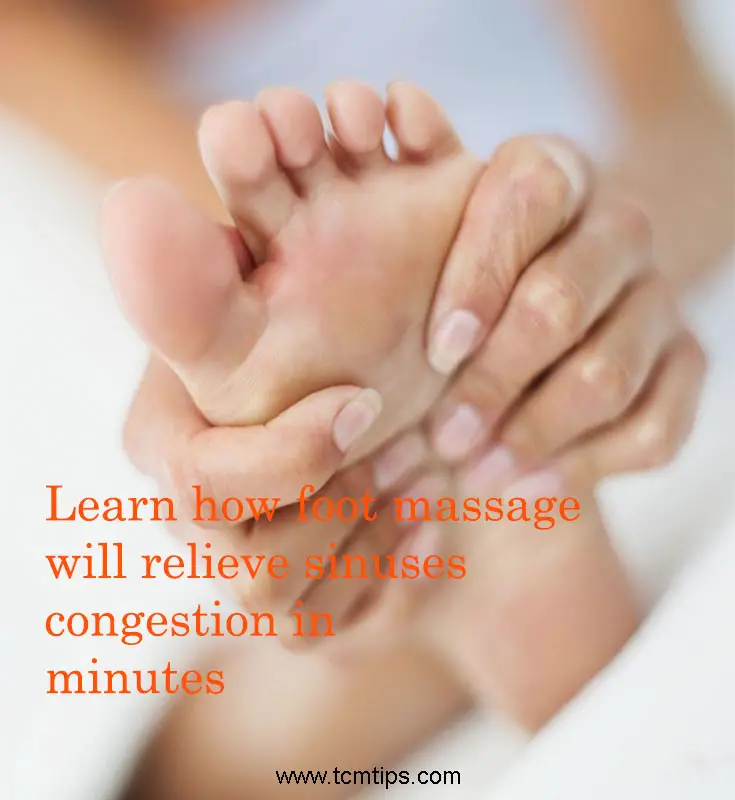




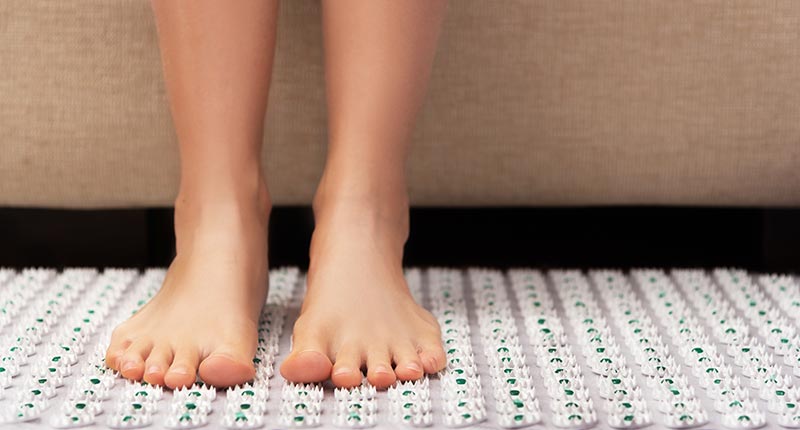








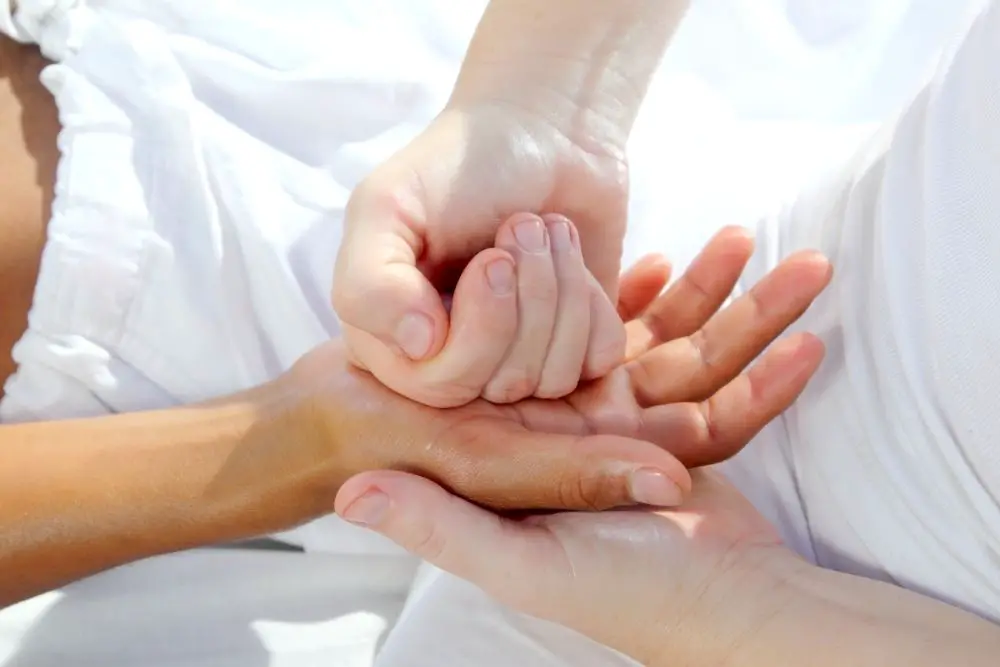
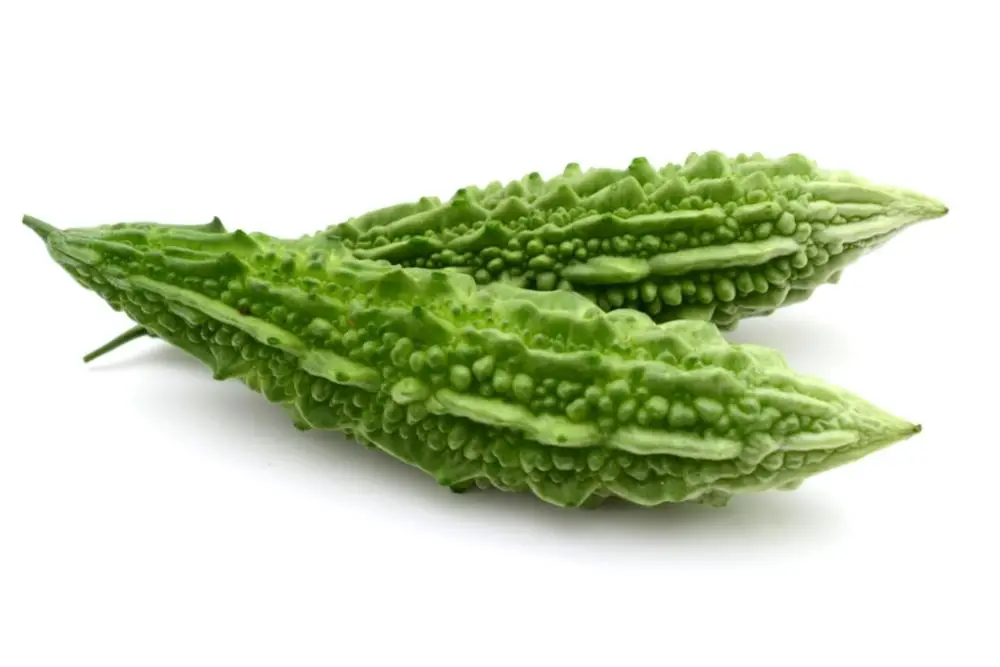
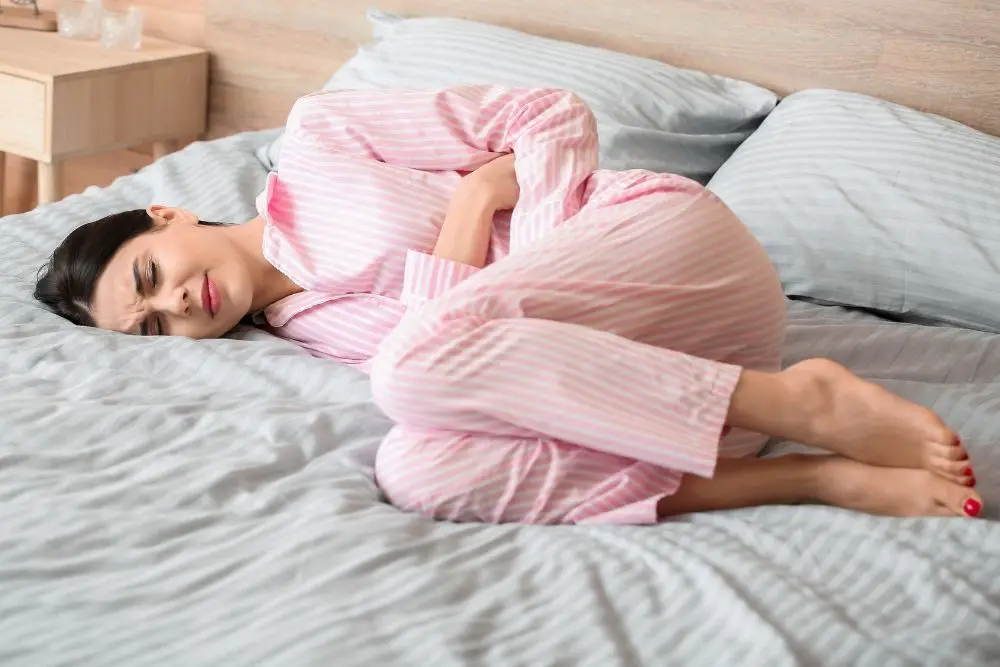

Pingback: Using reflexology to fix shoulder ache - TCM Tips